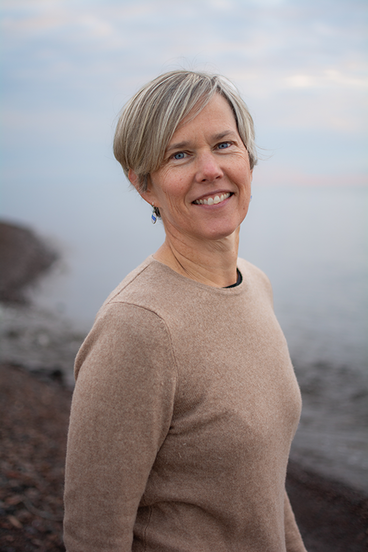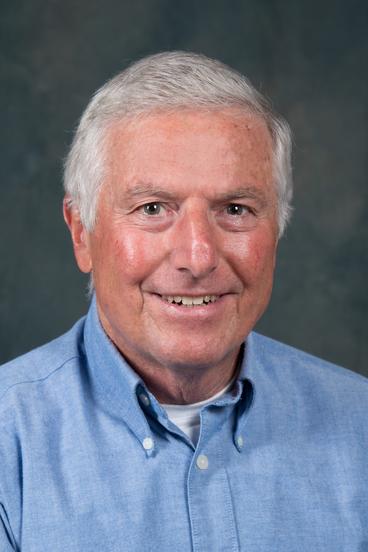The Minnesota Sea Grant (MNSG) fisheries and aquaculture supply chain project team seeks to identify viable scenarios for the effective processing and distribution of commercial fish and aquaculture products in Minnesota.
- Project start date: September 1, 2020
- Project end date: August 31, 2021
On April 1, 2021, the project team published the white paper "Lake Superior Commercial Fishing and Aquaculture Supply Chains in Minnesota."
Project outcomes: The results of this project continue to inform MNSG's work to connect the fisheries and aquaculture communities through our Great Lakes Aquaculture Collaborative (GLAC) project. One of GLAC's objectives, which grew out of this supply chain project, was to develop collaborations among private, state, and tribal organizations including aquaculture producers, commercial fishers, and seafood processors in the Great Lakes region to address food system and supply chain challenges.
+
What is a supply chain?
A supply chain is a network of producers and distributors between a company and its suppliers that gets a specific product - in this case fish - to a final buyer. Supply chains also represent the steps it takes to get a product or service from its original state to the customer. Supply chain management when done well can lower costs and speed a businesses' production and delivery cycle.
Steps in a supply chain may include moving and transforming a raw material - like fish - into finished products, transporting those products, and distributing them to wholesale, retail, and directly to consumers.
+
Project description
Minnesota Sea Grant engaged a student team from the University of Minnesota, Carlson Consulting Enterprise (CCE) to investigate the Lake Superior commercial fishery and aquaculture supply chains in Minnesota (and perhaps other Great Lakes states) to understand how best to increase the resiliency, flexibility, and sustainability of these supply chains in the face of the COVID-19 pandemic and to mitigate future disruptions.
+
Why Minnesota Sea Grant?
The Aquaculture Supply Chain project supports Sea Grant's mission to enhance the practical use and conservation of coastal, marine and Great Lakes resources in order to create a sustainable economy and environment. Specifically, this project supports our national and state focus area of sustainable fisheries and aquaculture.
+
What have we done lately?
We have created two summary videos that describe both the aquaculture and commercial fisher supply chains in Minnesota. These videos summarize some of the challenges and potential solutions this project found.
Lake Superior Commercial Fishing Supply Chain in Minnesota
Aquaculture Supply Chain in Minnesota
+
Participants & audience
The Minnesota Sea Grant fisheries and aquaculture supply chain project team seeks to identify viable scenarios for the effective processing and distribution of commercial fish and aquaculture products in Minnesota.
+
Funding
The Aquaculture Supply Chain project is funded by a grant from the National Oceanic and Atmospheric Administration, National Sea Grant Office.
Program Staff
Partners
- University of Minnesota, Carlson School of Management, Carlson Consulting Enterprise, Academic Institution (College and University)

